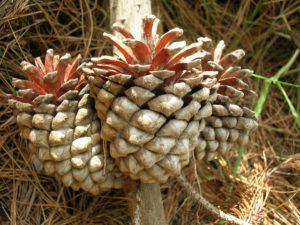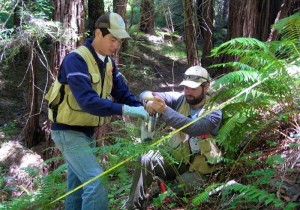Firescaping: Creating Fire-Resistant Landscapes, Gardens, and Properties in California’s Diverse Environments, by Douglas Kent, Wilderness Press, 2005, 149 pages, $18.95
Given the propensity for California’s wildlands to ignite, Douglas Kent’s Firescaping is a much-needed addition to the libraries of home owners situated on the flammable wildland/urban interface, as well as city-dwellers and suburbanites interested in landscaping their properties before disaster strikes. Kent, an environmental horticulturalist and author, here tackles the technicalities of firescaping from a gardener’s perspective. For example, close-built structures, ivy-laden power lines and trees, and rooftops carpeted in tree litter act as fuel pathways and ladders that can help fire spread. Likewise, designing a fire-savvy garden, creating defensible spaces, and clearing brush before the height of fire season can help firefighters protect you and your home. In clear, simple language, Kent presents a good case for the recommendations he lays out: “Are the pictures of early childhood worth cutting weeds twice a year? Is a pet’s life worth cleaning the roof?” Instead of simply listing fire-resistant plants, Kent breaks them down by plant type (ground covers, trees, shrubs, succulents, etc.) for the garden, fuel break, and transition zones. A list of native and nonnative flammables, among them wild oat, scotch broom, and juniper, serves as a good reminder—and warning—of what our properties have in store for us. But with a resource as valuable as Firescaping, you should have no problem preparing your defense.





